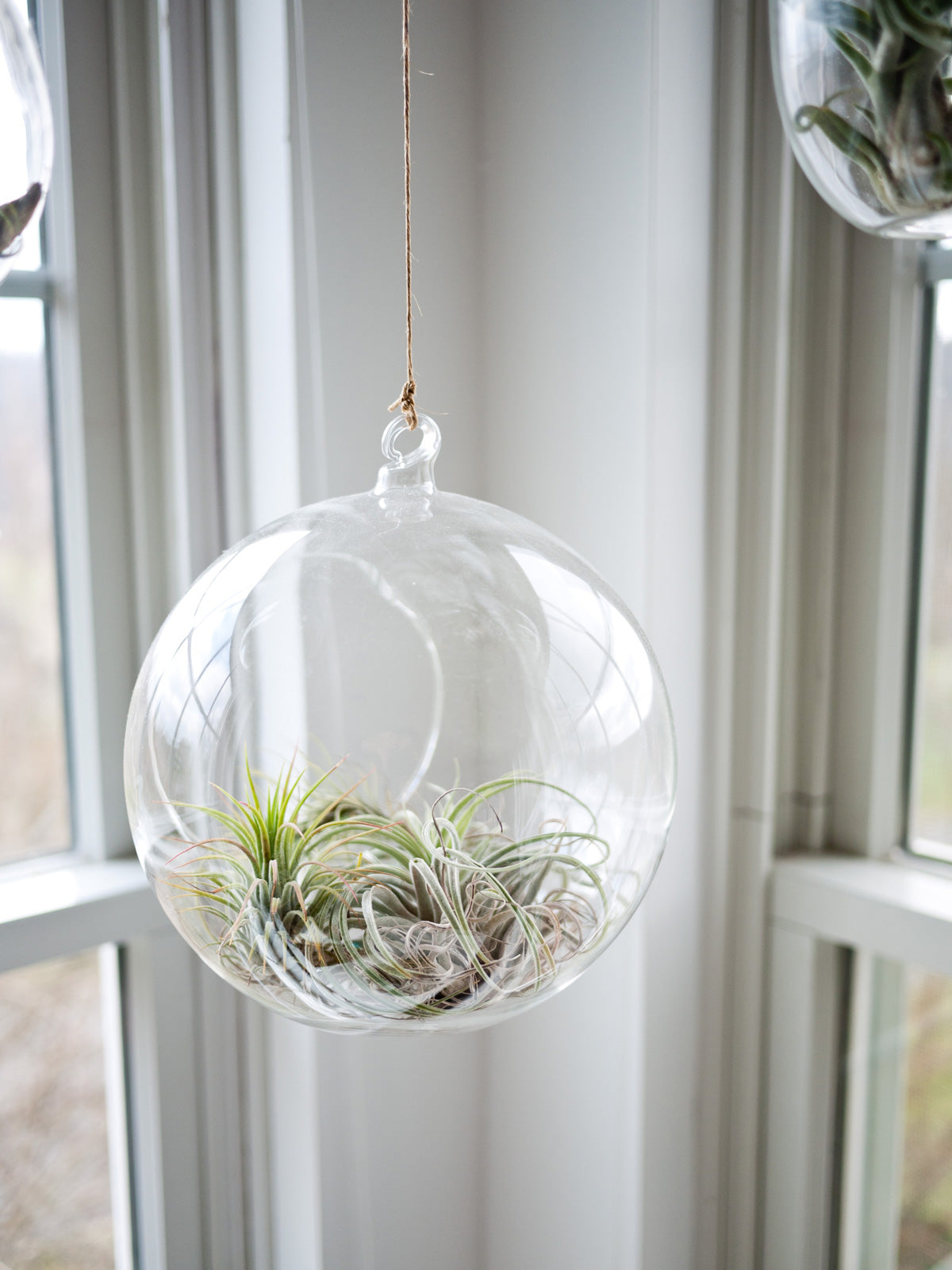Plants and interior design have become an item in the last years. This trend could be the outcome of the 2017 Pantone, when color Greenery opened the door to plant decoration. Despite the following Pantone hues, this element continued to be relevant and became a tool to make spaces stand out.
The foundations of modern design are clean lines and simplicity, while nature tends to be wild and chaotic. How do we create a balance between the two? Well, starting with layers, it is important to have in mind that the combination of tall, medium-sized, and small plants shape the space and that placing them in even numbers means symmetry, while odd numbers offer an interesting touch, so that aspect has to do with taste.
Not only do they look good, they also create a nice vibe and make up for the negative effects of living in a city, thanks to the fact that they produce oxygen, absorb carbon monoxide, regulate humidity, and take up chemicals like formaldehyde (a highly volatile compound). It is also said that they promote creativity and reduce stress.
Ficus Lyrata, also known as the fiddle-leaf fig, is a very popular species thanks to its striking and large leaves, which can measure from 20 to 25 centimeters. Originally from western Africa, it is used to living within light and heat. When turning it into a houseplant, you have to consider that the temperature should not drop below 15ºC and that the space has to be very well lit, yet avoiding direct sunlight. Watering it once a week is enough and, depending on the heat during summer, maybe twice (it is important not to water it too much so it does not drown). In order for the leaves to grow in a healthy way, they have to be cleaned when they gather dust and you have to consider that the soil it is planted in has to be fertile and provide good drainage.

The Tillandsia (airplants) is the perfect genus for minimalist design. It has more than 650 species that grow in deserts, mountains, and forests in Central and South America, Mexico, and the southern United States. They are considered rare within nature since they do not need soil to develop, even though this means they do not need watering either, but they resist low water seasons better than when there is a lot of it. It is advisable to water them once a week, leaving them soaking in a bowl for 20 minutes and two hours every 20 days. In hot environments, they can be sprinkled with an atomizer and, if the plant has flowers, it needs to be rinsed carefully so its petals are not damaged. Tillandsias need to be exposed to a well-lit environment with good temperature (warmer, rather than colder) and avoid direct sunlight.
People who love challenges will fall in love with Aphelandra Squarrosa (zebra plant). Native to Brazil, it is famous for its dark green color and white veins. Taking care of it is complicated and the place where it is kept has to be preferably a humid and large flowerpot. If it starts losing leaves it is because it may be extremely hot or cold, since it has to be in a temperature between 15ºC y 25ºC. It has to be watered frequently, preventing the soil from getting dry, it has to be fertilized during the summer and, if you are going to move it, you better do it during spring. It usually flowers during these two seasons, boasting a yellow spike.
The plant called Stephania Erecta comes from Asia and Australia. It features perennial herbaceous vines that grow up to four meters high, having a woody caudex as foundation. It is a shadow plant that requires too much water and moist, so it is advisable to plant it in black soil, leaving half caudex out and in a place where it does not receive direct sunlight.
The Caladium, commonly known as “elephant ear” is native to the Amazon, its leaves are shaped like arrows and come in different hues of pink and white. It is a plant with a medium difficulty when it comes to care, needing abundant light but never direct sunlight, since its leaves would burn. Its perfect spot should be fresh and abundantly watered, depending how dry the soil is and the pulverization of its leaves must be avoided at all costs.


